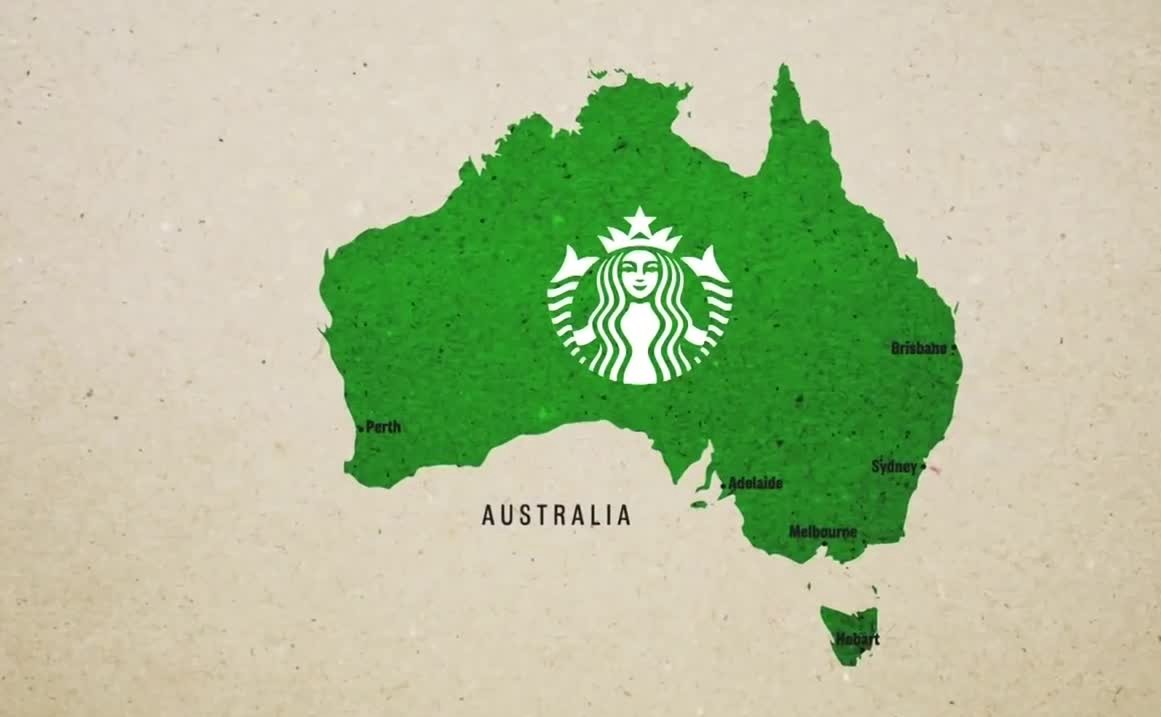
Starbucks, the name almost every household in Northern America is familiar with and it?s where people line-up to get their morning dose of caffeine. The Seattle based chain has coffee shops all over the world. There are more than 28,000 locations in 76 markets, from Shanghai to Guantanamo Bay, and in china, a new Starbucks location opens up every 15 hours. But there is one continent that seems uninterested in the hype over the biggest coffee brand in the world. And that continent is Australia!
Australia has proven to be the toughest markets in the world to break into, so tough that Starbucks closed more than two-thirds of its stores on the continent back in 2008. So you might be wondering what went so wrong with Starbucks in Australia?
- Not adapting
Let?s go back to July of 2000, when Starbucks opened its first Australian shop in Sydney. From there, it expanded fast into other parts of the country. By 2008 Starbucks had 87 stores across the Australian continent. One of the problems with Starbucks is that they thought that their business model could just roll out to a different environment and that there was no need for them to adjust. In contrast, McDonald?s entered India with a menu tailored to Indian consumers.
2) Too big too fast
They tried to grow the empire too fast by rapidly opening up multiple locations instead of slowly integrating them into the Australian market. This didn?t give the Australian consumer an opportunity to really develop an appetite for the Starbucks brand. So for the Australian consumer, Starbucks became something that is too easily available for them and thus there wasn?t this point of difference, or a feeling of want.
In its first 7 years in Australia, Starbucks accumulated $105 million in losses. By 2007, Starbucks Australia was hanging on by a thread, taking big loans from the US (totaling up to $54 million). And in 2008, Starbucks announced that it was shutting down 61 stores. But of course, 2008 was a difficult time for businesses due to the financial crisis. Along with Australia closures, Starbucks also closed 600 under performing American stores. Even then, such a retreat in Australia was embarrassing for the brand.
3) Too many other options for Australians
When Starbucks leave the Australian market, or at least a large number of shops were shut down, the Australian consumers didn?t care. It?s partly because Australians are spoiled for choice when it comes to coffee. Australia?s coffee market is one of the biggest in the world. The industry hit more than $6 billion in total revenue in 2018. They?ve been immersed in nuances of cafe culture since the mid 1900s when Italian and Greek immigrants began traveling to the country. The immigrants introduced Australians to espresso and by the 1980s, Australians were fully engulfed in the cafe culture. They?ve also grown accustomed to specialty menu items like a flat white or an Australian macchiato. So cafes in Australia were born out of the Italian culture of meeting with friends at a cafe and knowing your local barista. The cafe played the role of a local meeting place where everyone knew each other and coffee was just a part of that experience. Therefore, when Starbucks came in with their American style coffee culture, where coffee is essentially a product or a commodity. Starbucks had a basic menu and offered more sugary drinks which most Australians didn?t like. Plus, Starbucks charged more than the local cafes. So, Australians instead opted to pay less for coffee they liked from a local barista they trusted.
But Starbucks hasn?t given up in Australia yet. Since the 2008 closures, the company has started to slowly open more locations in the country. Today, Starbucks boasts 39 locations across the Australian continent including Brisbane, Melbourne, Gold Coast and Sydney areas. These new locations are aimed at catering the tourist population of Australia, majority of whom comes from countries where Starbucks has gained strong popularity. By slowing its growth and trying to cater more to tourists, Starbucks may have found a recipe for success in Australia.


